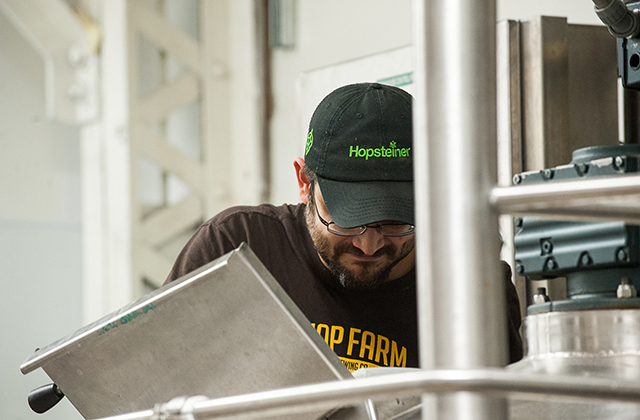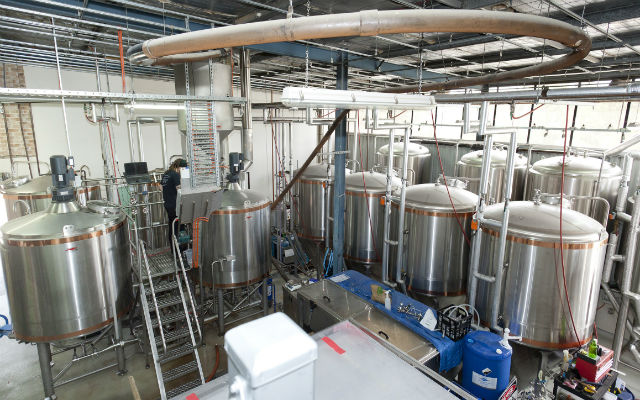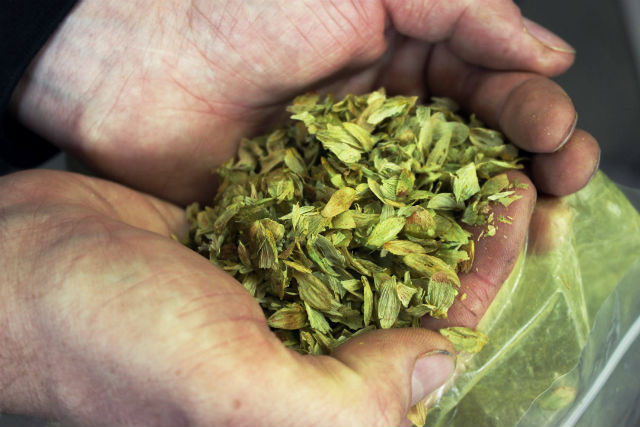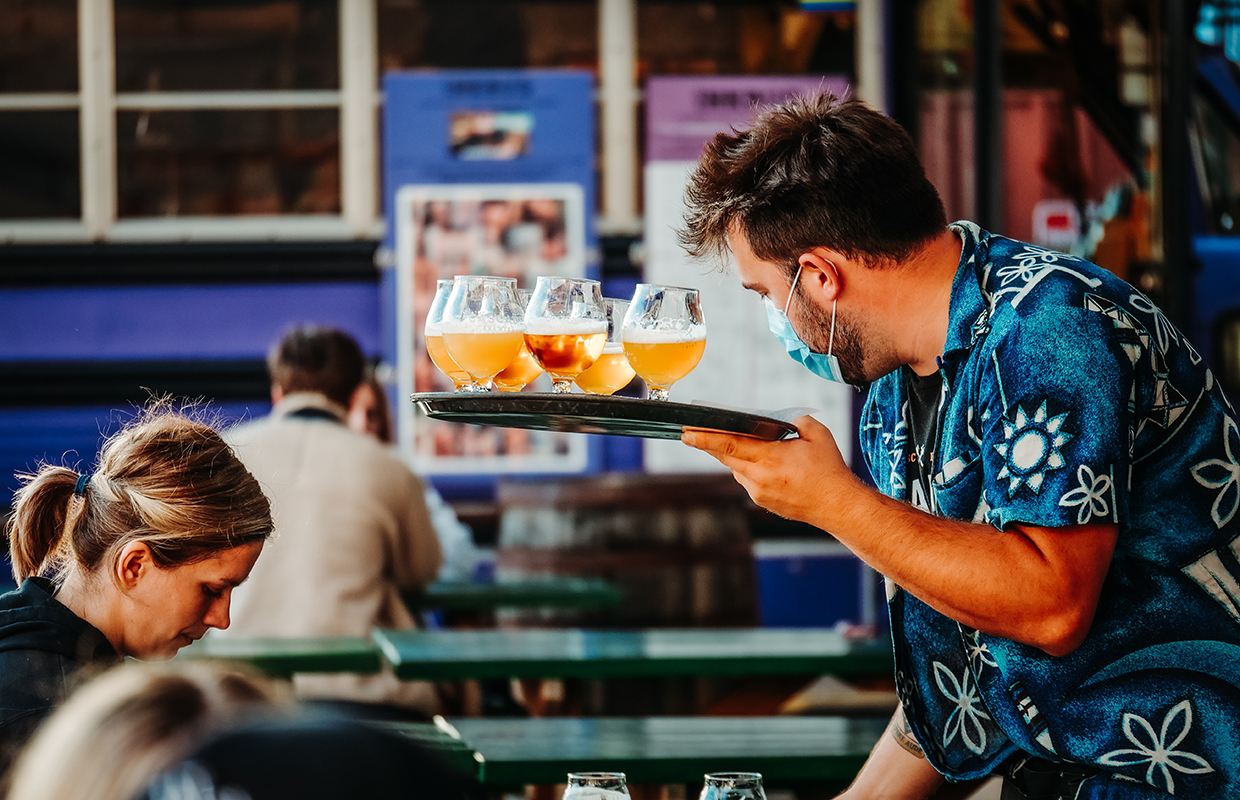
Thanks to massive growth of the craft beer industry, beer makers looking to expand oftentimes find themselves in a conundrum: whether to buy new or used equipment. It’s a seller’s market, so inventory disappears quickly — often with just a mere mention in an online brewers’ forum. It’s also an expansive secondhand market.
“I believe that the biggest factor in this trend is availability of equipment,” said Matt Gouwens, the chief executive hopster of Hop Farm Brewing in Pittsburgh, Pennsylvania. “With the explosion of craft, and so many new breweries, there just isn’t enough used equipment to go around. When we were sourcing our equipment four to five years ago, used equipment went fast. The two used systems that I personally looked at were in pretty bad shape, and 80 to 90 percent of the cost of a brand new setup.”
With that kind of markup it’s worth considering buying new equipment, especially if you have the funds to do so.
“There are a lot of breweries that are opening with lots of cash on hand,” said Tyler Glaze, the Director of Quality at Short’s Brewing in Bellaire, Michigan. “Those brewers are able to buy all kinds of new equipment. If someone has the cash to buy shiny, new stuff, more power to them.
“We didn’t have that ability when Short’s was started. Joe Short boot-strapped this brewery from whatever we could get our hands on, which was a lot of older equipment that worked, but didn’t work great. As we’ve grown we’ve been able to upgrade to newer and nicer equipment.”
It’s just becoming harder and harder to come by any used equipment, let alone the gently used variety. Production breweries are able to sell off old equipment when they upgrade, but it’s sold off as soon as it’s put up for sale.
“Used equipment is snatched up incredibly fast for a high asking price,” Glaze said.
Brewpubs that open a second location sometimes brew at both sites, so their equipment seemingly never hits the market resulting in a shortage.
Of course, there are other factors as well, such as brewing capacity.
“In my opinion, breweries above the 15-bbl capacity are getting new equipment to make money from the beginning,” said Jorge Rosabal, the co-owner and brewmaster at Darwin Brewing which opened in Bradenton, Florida in 2014. “Brewpubs or bars that intend to brew beer for on-premise purposes only aim to get a small used system.”
It also depends on the size of the equipment, and its condition.
“A three barrel and under system has a good chance to be kept as a pilot plant, but a seven or 10-BBL system is not going to be that lucky,” Rosabal said.
“As long as the equipment is still in decent shape and has been cared for properly, it’s going to sell,” Gouwens said.

Short’s, which was founded in 2004, distributes in Michigan, Wisconsin, Illinois, Indiana, Ohio and Pennsylvania for beer, plus those six states and a seventh, Colorado, for its hard cider brand, Starcut Ciders. The brewery currently is in the planning stages of a substantial upgrade, Glaze said, and deciding the next steps took some serious consideration.
“Recently, we came to a crossroads where we could duplicate the 30-BBL brewhouse that we have and operate two 30-BBL brewhouses or purchase a 60-BBL brewhouse,” said Glaze, who noted Huma Lupa Licious and Soft Parade as the company’s highest volume sellers. “We decided that getting a 60-BBL brewhouse is the most effective use of our money and labor. So, in our case, we are not operating the old equipment that we are replacing, but we definitely considered it.”
Short’s already faced a similar problem when it outgrew its original brewpub.
“The small pub brewery was getting far too busy,” Glaze said. “Brewing 20 hours a day on a 7-BBL system was becoming completely unmanageable. Also, the decision was made to increase our volume entering distribution and to start bottling on a large scale. The pub just wasn’t large enough to make it economical because of the large quantities of bottles, labels, boxes and kegs that were needed.”
At the moment, Hop Farm, which opened in 2013, is concentrating on the Pittsburgh market, but has eyes on eastern Pennsylvania and the Philadelphia area.
“Our next steps are to find a larger location to accommodate additional cellar space and a canning line and to house a larger pub area,” Gouwens said. “In December 2016 we added a chef to our team, and his food and beer pairings have been impressive. We look forward to creating an authentic gastropub experience.”
Darwin’s top seller is Summadayze IPA, which the company has used to make inroads in sunny Florida, but there is a larger target on the horizon.
“Growth is our main goal, and at this time we have plenty of capacity installed,” Rosabal said. “What we really need is to increase sales statewide and out of state in near future.”




Be the first to comment